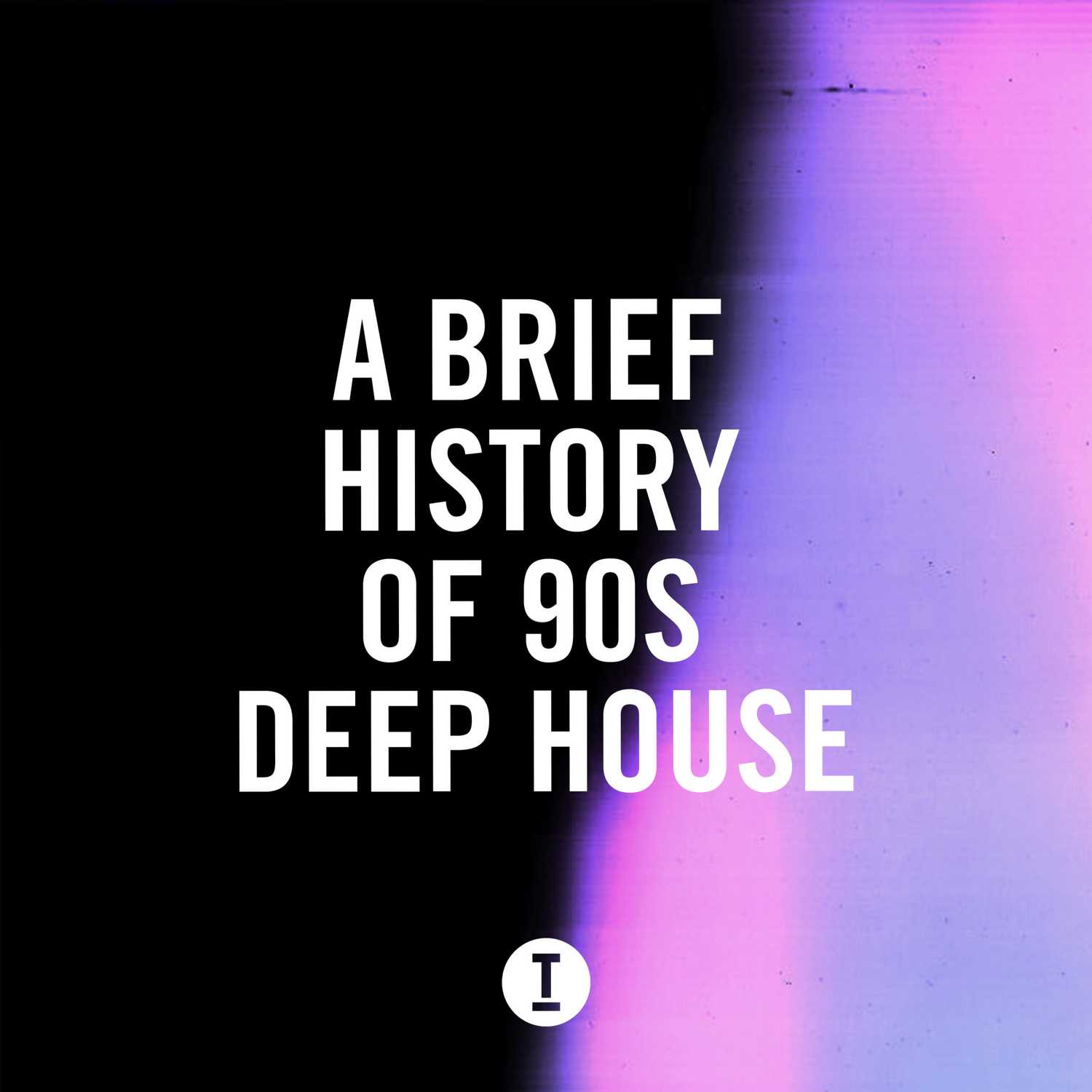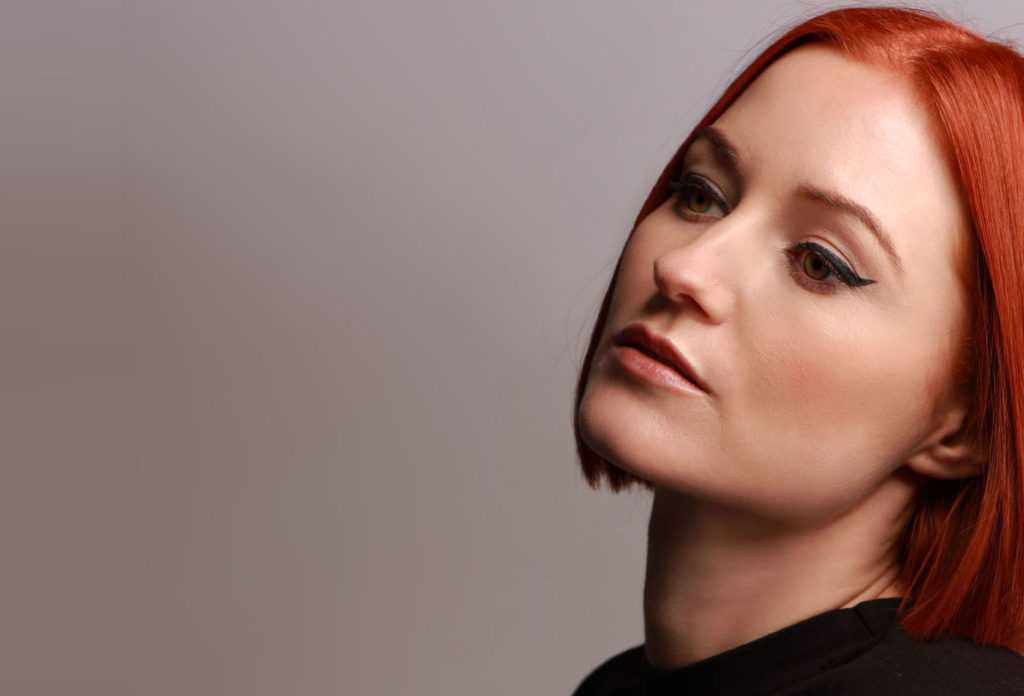has been added to your cart.

A History of Deep House
In tandem with the release of Toolroom Academy’s brand new sample pack, we take a journey into the origins of deep house music.
In tandem with the release of Toolroom Academy’s brand new sample pack ‘Toolroom Academy: 90s Deep House’, we take a journey into the origins of deep house music and the artists and tunes that helped make it one of the most enduring subgenres in electronic music today.
WORDS: DANNY TURNER
ORIGINS OF DEEP HOUSE
Inspired by the golden age of house music and emerging from Chicago’s underground club culture in the 1980s, the deep house subgenre blended elements of Chicago House with 1980s jazz-funk and the soulful sound of early disco prior to cultivating its now unique position within the pantheon of electronic dance music.
Under the alias ‘Mr. Fingers’, American DJ/producer Larry Heard lit the blue touchpaper for the deep house genre with the release of his 1985 single Mystery of Love. The track, famed for its substantive 1-4-5- chord progressions, came about almost immediately after Heard had purchased a Roland Jupiter-6 synthesiser and was recorded with ‘one take, one pass’ onto a cassette tape with vocal contributions from Chicago acquaintances Robert Owens and Ron Wilson.
Heard created three vinyl acetates. Keeping one as a prototype, the other two were distributed to iconic DJs Frankie Knuckles and Ron Hardy, who, legend has it, caused friction with Heard by trying to take credit for making the track themselves.
Whilst the original Mystery of Love was the closest to Heard’s heart, a second version released on DJ International Records broke into the Billboard’s Hot Dance/Disco 12” chart in April 1986, peaking at number 10. It took a while for the song to become part of deep house folklore, but 35 years later and Heard is regarded as the undisputed originator of the genre.
Heard followed up Mystery of Love with the single Can You Feel It?, further helping to distinguish deep house from its early house origins. Chicago-born Marshall Jefferson would also come to be considered a deep house pioneer following the release of his germinal single Move Your Body (1986). Amongst the earliest house tracks to feature piano, it was the first to be released under Jefferson’s own name despite struggling to find favour with Trax Records label owner Larry Sherman who didn’t consider it a ‘true’ house record.
Moving into co-production, Jefferson would work alongside prolific late ‘80/’90s deep house hit makers Ten City and CeCe Rogers, together creating another classic deep house anthem, Someday (1987). Cited as one of the greatest dance records of all time, Someday went on to sell millions of copies, at that point a unique achievement for what would later become known as a seminal deep house record.
THE ORIGINAL DEEP HOUSE STYLE
Unlike house music, with its repetitive four-on-the-floor beat and 120-130 BPM tempo, deep house typically operated between the 110-125 BPM range and is famed for its use of electronic pianos such as the Fender Rhodes, Wurlitzer and Hammond B3 organ and spacious use of percussive elements, typically derived from the Roland TR-909 drum machine.
Known for its complex melodies and soft keyboard sounds, deep house’s lounge-like textures and predominantly gospel-inspired female vocals were utilised to give it a smooth, soulful and chic demeanour. Unlike other forms of dance music that required a chorus or ‘drop’ to sustain the listener’s interest, deep house thrived on its sense of intimacy and slowly sustained energy. The deep house sound was perfect for small, dimly lit nightclubs where its mature, liquid grooves provide serious yet sensuous undertones.
DEEP HOUSE ‘90s PEAK
Deep house began to stand on its own two feet by the early to mid-‘90s, during an era that almost all deep house connoisseurs would consider to have featured some of the genre’s finest releases. Legendary nightclubs including New York’s Paradise Garage, The Loft and Chicago’s The Warehouse, helped cultivate the deep house sound, which would eventually work its way into the more mainstream dance clubs in Europe, assisted by the explosion of UK club culture.
During the early portion of the decade, deep house was elevated by a new wave of producers such as the much-imitated but rarely surpassed Kerri Chandler. Born into a family of jazz musicians, the New Jersey native played a key role in defining the ‘90s deep house sound with the sublimely emotive Atmosphere EP (1993). The EP was one of Chandler’s finest instrumental records and laid another vital brick in the genre’s foundations.
Early ‘90s deep house also owes a debt of gratitude to a pair of near-identical twins from New Jersey known as The Burrell Brothers. In the late ‘80s, Reginald (aka Rheji) and Ronald (aka Rhano) Burrell began creating demos in their mother’s basement, later going on to release the soulful yet uptempo dance album Burrell (1988). Despite floundering at Virgin Records, the duo would soon find home at Groove Records where they developed an experimental yet trademark deep house sound, drawing inspiration from New Jersey garage, soul and jazz-funk. Now long-considered deep house pioneers, Rheji and Ronald’s early 12” singles released on their own Nu-Groove label can be found changing hands for extortionate sums of money.
Other highly influential deep house tracks that reigned supreme during the early to mid ‘90s include Dream 2 Science’s sultry My Love Turns to Liquid (1990), Love Quartet’s equally steamy Kiss Me (Don’t be Afraid) and A’ba-Cus’ mesmerising The Earthly Pleasures EP (1996), which oozed with jazzy vibes and classy deep house grooves. In London, the warm, atmospheric strings of Faze Action’s In The Trees (1997) was regarded as a deep house masterpiece and a Loft classic across the pond.
LATE-‘90S EXPERIMENTAL INFLUENCERS
Although a leading figure in Detroit Techno’s third wave of electronic music producers, Theo Parrish lent deep house more than mere soulfulness but elaborate layers of detail that would prove to be highly influential and encourage experimentation within the genre. Deep house pioneers who would go on to work with Parrish include the low-key yet high-profile Omar S and Los Angeles-born Moodyman.
Known for his sample-heavy productions that sit at the ‘cooler’ end of the deep house spectrum, Moodyman helped terraform the deep house genre with the 1997 release of Music People – a 10-minute opus that sampled The Flirts’ 1983 tune Danger and aforementioned Faze Action’s 1995 classic Original Disco Motion. Meanwhile, released under his own name, Kenny Dixon Jr., 1999’s Don’t You Want My Love remains a standout track from what was arguably Moodyman’s finest album – the sample-ridden deep house classic Forevernevernmore.
Soul Capsule, the collaborative project of Thomas Melchior and Baby Ford, would also find long-lasting respect for pushing the boundaries of deep house music. The duo’s 1999 dance floor bomb Overcome was overshadowed by its B-side, the timeless masterpiece Lady Science (NYC Sunrise). With its sparse palette of deep synths, uplifting keys, warm analogue bass and understated beauty of its main vocal riff, the track has emerged to become known as one of deep house music’s most emotive and influential tracks.
TOOLROOM ACADEMY’S 90’s DEEP HOUSE SAMPLE PACK
Paying homage to the deep house genre, Toolroom Academy is now delighted to announce the release of its 90s Deep House sample pack – an essential throwback to the origins of house music from yesteryear, representing the very best of the deep house mid-80s/90s sound.
Fusing Chicago house with a touch of soul, you’ll find shuffling drum loops and lo-fi grooves depicting an ‘early’ deep house sound that utilised archetypal Roland TR-909 drum machines, basslines, retro synths, soft pads, advanced chord structures and 4×4 drums.
THE SAMPLE PACK CREATORS
Toolroom’s in-house producers Friedrich Trede and Tilman Schwarz have fashioned an authentic collection of sounds that allow house producers to dip in and find that missing component or build an entire track from the ground up. Trede is one-half of Munich-based DJ and production duo Rhode & Brown, best-known for mixing up ‘90s Chicago house with the deep Berlin sound and funkier aspects of Munich future disco. Self-confessed sample, synth and drum machine addict Tilman Schwarz has a substantial back catalogue of superbly produced jazz-inflected deep house tracks to his name. The producer has released on numerous high-profile labels, including his own Klamauk, now home to his unique production sound.
“The idea behind the sample pack was to design sounds that would enable users to make raw and chunky deep house. The drum machines samples come from the Linn Drum, Jomox XBase, Roland TR-909, 707 and 606 and I also recorded some bongos and congas in my studio. To get that original deep house sound and feeling I used classic synthesisers from the ‘90s period including the Yamaha DX7, Korg M1 and Roland Juno-106, JV-1080 and SH-101. Everything was recorded through my Akai MPC2500 XL and Elektron Analog Heat into Pro Tools, where I added reverb and compression to all of the loops and sounds.” – Tilman
Login
X
